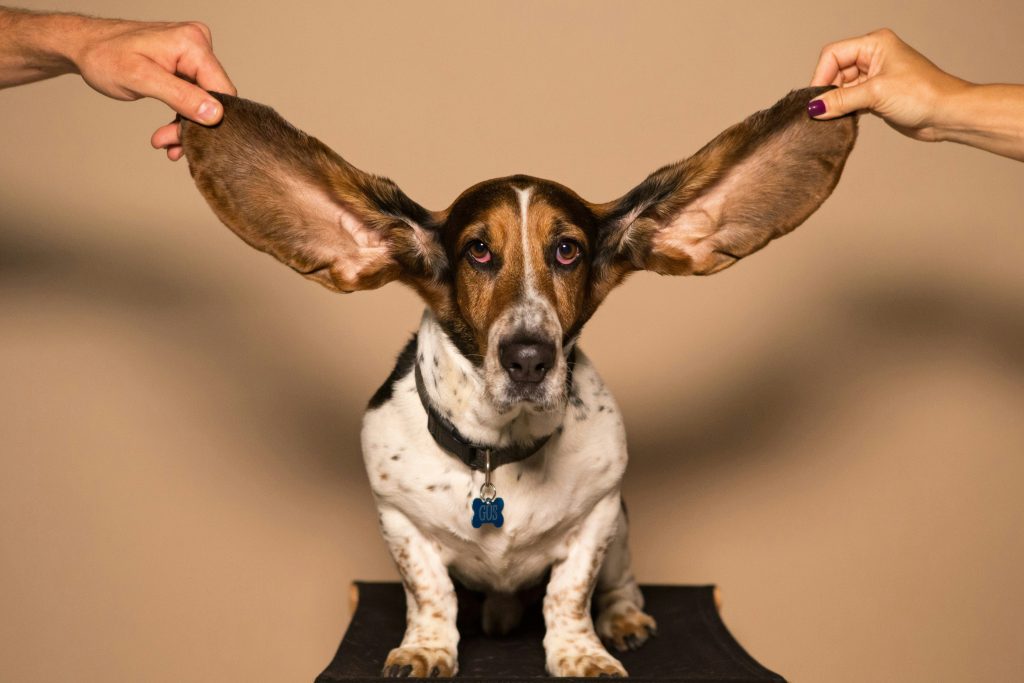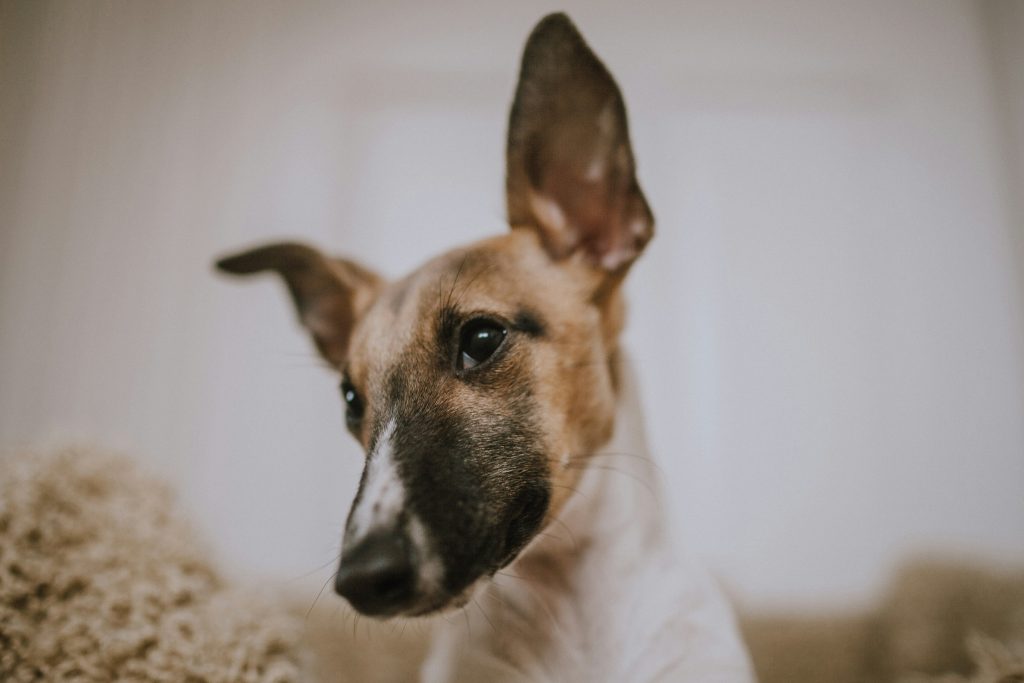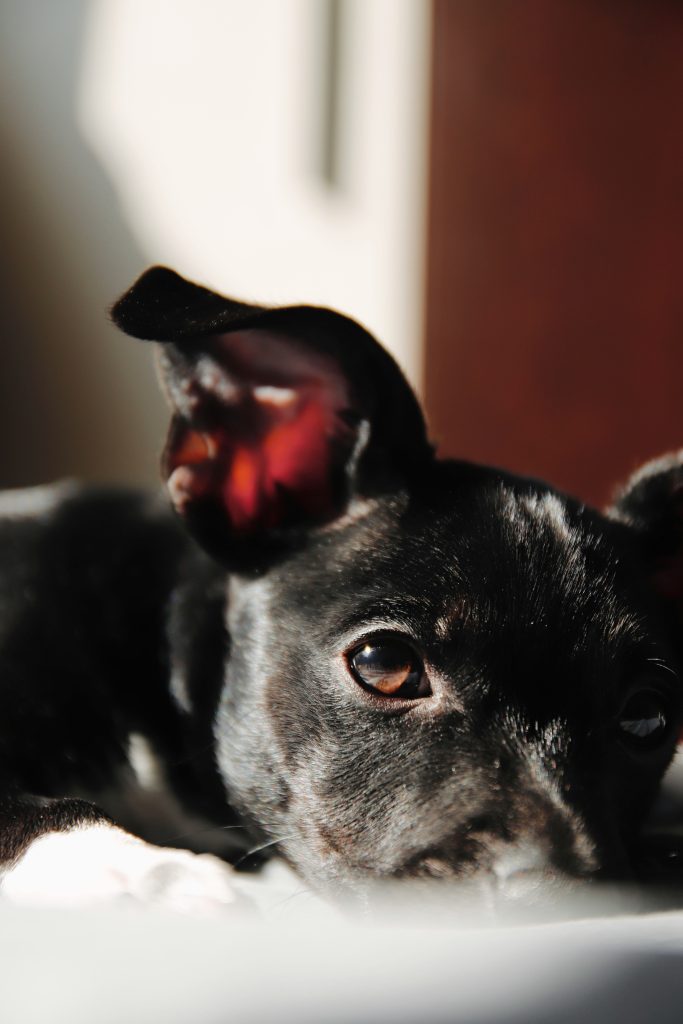Preventing Future Ear Infections in Dogs
If your dog has ever suffered through an ear infection, you know how uncomfortable—and sometimes painful—it can be for them. Fortunately, many ear infections can be avoided with the right preventative care.
In this post, we’ll walk through practical, vet-recommended strategies to help you keep your dog’s ears healthy and reduce the risk of future infections.
Why Prevention Matters
Ear infections aren’t just painful—they can lead to:
-
Chronic inflammation
-
Permanent ear canal damage
-
Hearing loss
-
Expensive veterinary bills
Since some dogs are more prone to ear infections than others, it’s important to know what puts them at risk—and what you can do to help.
Dogs at Higher Risk
Certain breeds and lifestyles make ear infections more likely:
-
Floppy-eared breeds like Cocker Spaniels, Basset Hounds, and Golden Retrievers
-
Hairy-eared breeds like Poodles and Schnauzers
-
Dogs with allergies (environmental or food)
-
Dogs that swim often or live in humid climates
-
Dogs with a history of frequent ear infections
If your pup fits into one of these categories, you’ll want to be especially proactive about ear care.
1. Clean Your Dog’s Ears Regularly
Routine ear cleaning is the #1 way to help prevent infections. But it’s important to do it safely and correctly.
✅ Use a vet-approved ear cleaner
Ask your vet to recommend an ear cleaning solution designed for dogs. Avoid alcohol, hydrogen peroxide, or homemade mixtures that can irritate sensitive skin.
✅ How often to clean
-
Monthly for most dogs
-
Weekly for dogs prone to buildup, allergies, or infections
-
After every swim or bath
Don’t over-clean, though—too much can dry out the ear and disrupt its natural balance.
✅ How to clean
-
Gently lift the ear flap
-
Fill the canal with ear cleaning solution
-
Massage the base of the ear for 20–30 seconds
-
Let your dog shake it out
-
Wipe away debris from the outer ear with gauze or a soft cotton pad
-
Never use cotton swabs inside the ear canal
2. Dry Ears Thoroughly After Baths or Swimming
Moisture trapped in the ears creates a perfect breeding ground for yeast and bacteria.
After water exposure:
-
Gently towel dry your dog’s ears
-
Use a drying ear solution if recommended by your vet
-
Keep ear flaps open to air out if your dog has floppy ears
For water-loving pups, regular post-swim ear maintenance is essential.
3. Grooming Helps Too
Some breeds grow hair inside the ear canal, which can trap debris and moisture. Your groomer or vet may recommend:
-
Plucking hair from the ear canal (only if advised by a vet)
-
Trimming around the ears to keep airflow open
-
Regular grooming appointments to prevent matting and moisture buildup
Don’t attempt to pluck ear hair at home unless trained—improper technique can cause inflammation or infection.
4. Watch for Allergies
Many recurring ear infections are triggered by underlying allergies—either food-related or environmental.
Common signs of allergies include:
-
Itchy skin or paws
-
Frequent ear infections
-
Rashes or hives
-
Scooting or licking
If you suspect allergies, talk to your vet about diet trials, allergy testing, or medications to manage symptoms.
5. Keep Ears Ventilated
For floppy-eared dogs, lack of airflow can lead to humidity and infection. Try:
-
Gently flipping ears up during naps at home
-
Using ear wraps or snoods during wet outdoor play
-
Avoiding tight headgear that traps heat or moisture
Simple actions to increase air circulation can make a big difference.
6. Stay on Top of Vet Visits
Even if your dog seems healthy, regular checkups give your vet a chance to inspect the ears for:
-
Redness
-
Wax buildup
-
Early signs of infection
Early detection = easier treatment and less discomfort for your dog.
7. Address Problems Immediately
Don’t wait if you see signs like:
-
Head shaking
-
Scratching at the ears
-
Redness or swelling
-
Foul odor
Quick treatment can stop a mild issue from becoming chronic.
Create a Routine That Works
Preventing ear infections is all about consistency. Try this sample schedule for a high-risk dog:
-
Weekly ear check at home
-
Monthly cleanings (or more often if vet recommends)
-
Drying ears after water exposure
-
Grooming every 4–6 weeks
-
Allergy management if symptoms appear
Keep supplies like cleaning solution, gauze, and treats on hand to make ear care easy and positive.
Final Thoughts
Keeping your dog’s ears clean, dry, and monitored can greatly reduce the risk of infection—especially for dogs with known sensitivities or breed predispositions. Prevention is always better than treatment, and it’s one of the best ways to keep your pup healthy and happy.



